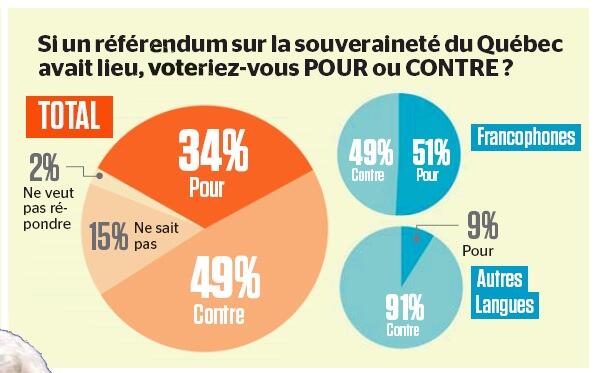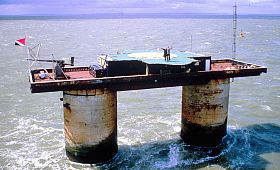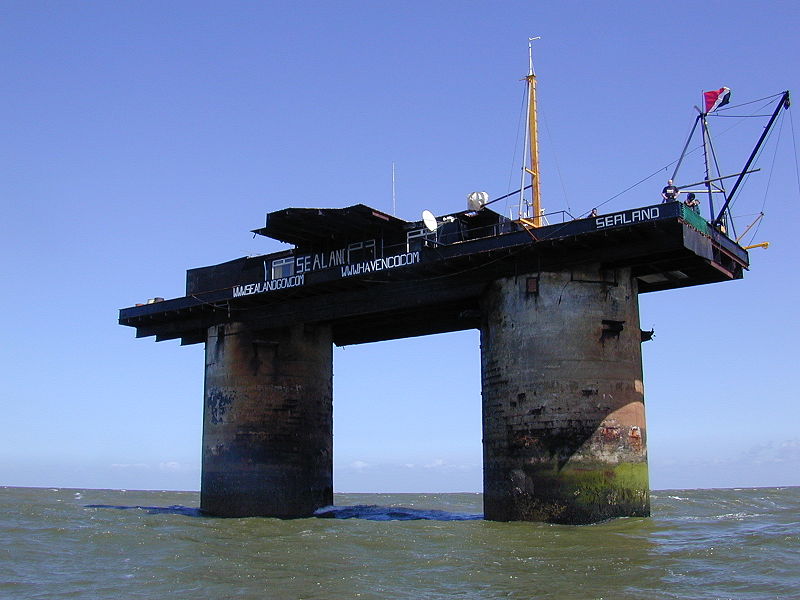Sir Humphrey says he’s neutral on the political issue of Scottish separatism, but he has a few professional criticisms of the fleet plan contained within the white paper:
At a most basic level, the paper appears to fall foul of what can be described as the ‘fantasy fleet’ syndrome so often found on the internet. In other words, people have taken an order of battle, hived of a reasonable sounding level of equipment and assumed that this would make a good defence force. That’s a great theory, but in reality its likely to be far more complicated than this.
For starters, the British Armed Forces are the product of hundreds of years of evolution, procurement and support. They operate a closely integrated set of equipment, underpinned by a well developed training network, and supported by a very complex set of support contracts to ensure availability. Due to the numbers and amounts of equipment in service, costs can be calculated using economies of scale, and planned workflow, in a way that smaller sized support cannot.
A nascent SDF would find itself operating a truly eclectic collection of units which are not necessarily the most appropriate for its situation. For instance, the proposal that the Navy takes on two Type 23 frigates seems a little odd. The Type 23 is one of the worlds most advanced anti-submarine warfare escorts, and designed to be a submarine killer par excellence. To use it to best effect requires a well trained crew, who have a range of extremely specialised skills. Assuming that no one is forced at independence to join the SDF, the challenge will be recruiting and retaining a core of niche skills to actually employ the vessel in her intended manner. This includes the engineers, weapon systems maintainers, the warfare department and those with the skills and experience at all ranks and rates to use the vessel in its intended manner.
[…]
Similarly, the issue of maintenance will be a complex one. There are no T23s based in Scotland, which means that a great deal of money will be spent creating a permanent support facility for the class in Scotland. In these circumstances the SDF will need to negotiate and establish support contracts, similar to the ones used by the RN, and pay to put in place the complex web of support arrangements in order to keep the vessels available for service. In a small procurement and support budget, it is hard to see where the money will come from for this sort of activity.
The sheer running costs of the vessels will also be a challenge — on average it costs about £20 million per year (source THEY WORK FOR YOU) to keep a Type 23 at sea, and about £3 million for MCMVs and patrol craft. To keep the Scottish Navy afloat, you are looking at an annual running cost of around £60 million — before you consider salary costs of the crew and the shore support infrastructure to go with it. On a relatively small budget of £2.5 billion, it is easy to see how much of a cost it would be just to keep the ships at sea, let alone deploy them.
In a sense, the white paper’s defence plan does appear to have been drawn up with an eye toward “order of battle” and “table of equipment” that would create — on paper, anyway — a scaled-down version of the RN, RAF, and British army. That isn’t the sensible approach for an independent Scotland’s defence needs. The first thing they should have done is analyze what practical tasks their defence forces would be required to undertake, then consider the most cost-effective way to build and equip an organization to accomplish those tasks.
When I was a child, I was obsessed with toy soldiers. I had hundreds and hundreds of them from various eras from Roman versus Celt down to 8th Army versus Afrika Korps. When setting up my “battles”, it was always the soldiers with the cool kit who got to be the heroes: stirring combat poses and cooler weapons were my selection criteria. When I moved on to building models, the same characteristics dictated the particular models I built: more heavily armed ships, bigger tanks, more weapon-studded aircraft. The authors of this portion of the white paper appear to have had similar childhoods … and they’re still influenced by the same selection criteria. What sense does it make for Scotland’s defence forces to operate Type 23 frigates and Typhoon aircraft? They’re cool kit, but do they accomplish the primary protective duties for Scotland cost-effectively? Almost certainly not.
Scotland has a large coastline and significant offshore assets to protect, but it isn’t likely to need the hugely expensive (and admittedly very capable) kit that the Royal Navy and the Royal Air Force need to accomplish their wider tasks. Scotland’s navy is much more likely to end up resembling a strong coastguard than a battle fleet, and their air force will probably not be equipped with top-of-the-line fighter aircraft (especially not F-35 or Typhoon fighters) as they would eat a hugely disproportional share of the defence budget for capabilities the Scots don’t actually need.
I strongly suspect the best course of action for Scotland (in the event of a successful independence vote) would be to negotiate a short-to-medium term deal with the rest of the UK to provide military units to Scotland as an interim solution while a sensible Scottish organization was built-up to take on those roles. It might sting the pride of nationalists to admit that they can’t afford to take on the full trappings of an independent state immediately, but it would be far more practical (and far less expensive) than carving off “their share” of the UK’s existing military.






